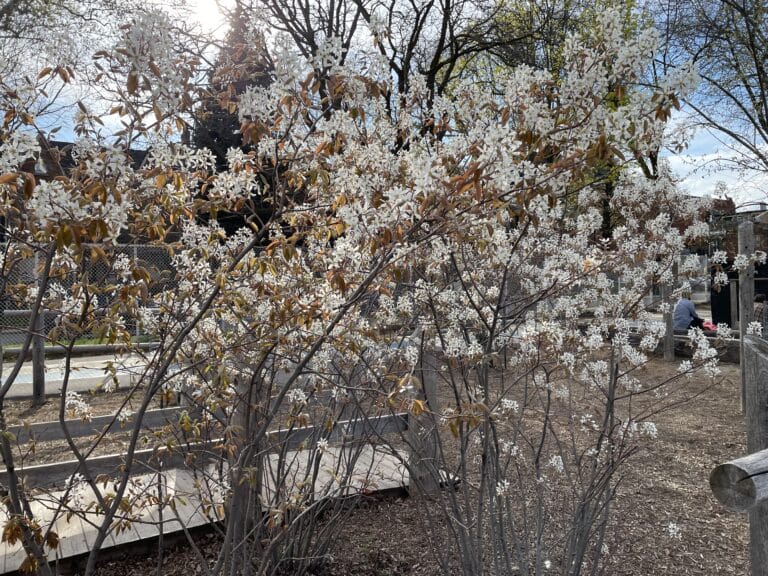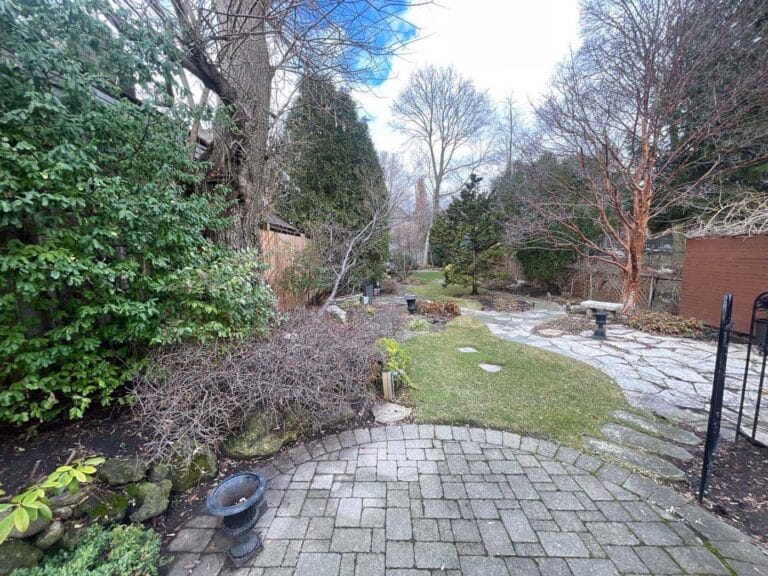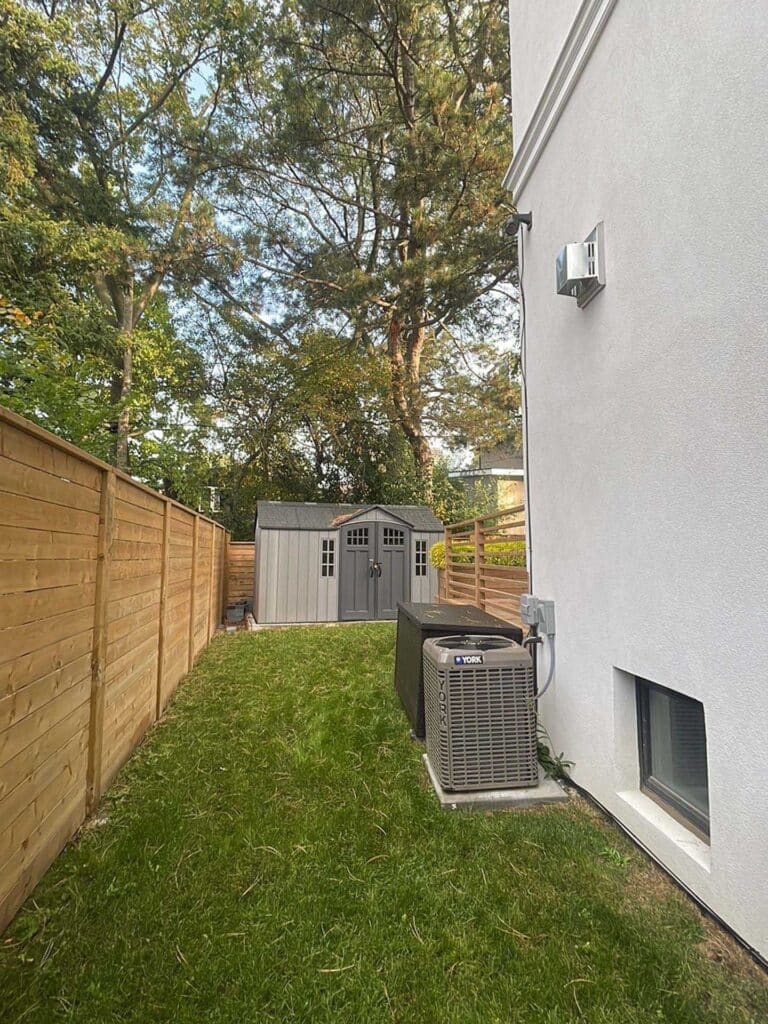Is My Tree Dangerous?
When should a dangerous tree be removed or pruned? How can you tell if a tree is a hazard?
Many of the scenarios where people think a tree is dangerous aren’t actually a risk. On the other hand, some of the instances where trees do pose a hazard are hard for the average person to identify.
This is part one of our series discussing whether trees are dangerous or not. In this part, we’ll discuss how to assess a tree, tree height, dead branches and trunk damage. Part two and three will deal with other common tree concerns and hazards.
How to Assess a Tree
Luckily, you probably already have some of the skills needed to get an early idea of whether you have a dangerous tree. Many of the signs of an unhealthy tree are easy to spot. Broken branches, discoloured leaves, no leaves are just a few of the early warning signs of a tree in less than perfect health.
Tall Tree Hazards
A frequent concern that we hear about is that a tree is “too tall” or “too large”. Height in itself isn’t a concern if a tree is healthy and in good shape. Trees that have been growing in the same place for a long time are used to the conditions they are growing in and adapt to them. Height doesn’t make a tree inherently dangerous.
With trees like this, keep watch for changes in their condition, especially after storms or construction. After a storm, it is a good idea to check on all trees on your property but particularly large or mature trees.
Trees can become a nuisance when planted too close to a building as the taller a tree grows, the further from a building it needs to be planted. This doesn’t make your tree dangerous or a hazard, but it may still be a good candidate for removal or pruning.
Tree Risks and Hazards
Hazard from Dead Branches
Trees shed branches naturally, but an excess of dead branches or very large dead branches can pose a hazard. Dead branches can be both a sign of poor health and a risk on their own. They are at high risk of falling at any time, especially during storms.
Not only are dead branches dangerous on their own, they are often a sign a tree is in poor condition. Disease, infestation, and nutrient deficiency can all cause branches to die off. Dead branches may be the first sign that your tree is dying and needs to be removed for safety.

If the dead branches are naturally occurring they can be safely pruned. If they are caused by damage or a health problem, you’ll want to investigate treatment options as soon as possible.
Broken Branches can be Dangerous
Broken branches are also a big risk for falling. Tree branches break for a variety of reasons, but usually due to overgrowth or storm damage. When tree branches are too long with a lot of leaves at the end, they can fail. Trees like Norway Maples and Siberian Elms are very prone to branch failure.
A storm or strong winds can easily cause these branches to break off. They may also simply break off in time, falling on your property or anyone underneath. While branches may look small in the sky, they are much larger and much heavier than you may think. Even a ten pound branch falling can cause serious injury or death.
Other types of branch damage include splits, cracks, holes and discolouration. Any of these tree defects can become worse over time and may pose a hazard. A certified arborist at a professional tree company can explain any tree risks or hazards.
Trunk Damage
A large hollow in a tree’s trunk, cuts, wounds, and other damage to the trunk can be very harmful to a tree. Deep cracks in the bark expose the interior of the tree, leaving it vulnerable to pests, infection and damage. Very large hollows or pockets of rot can affect the entire health of the tree. Fruiting bodies or mushrooms also indicate deep pockets of rot.
When a tree has significant basal rot it may have compromised health or structural integrity. You may see other signs of problems like yellowing leaves, lots of twigs and branches dying, or cracks form. Trunk damage can also occur after a storm.
What Should I Do if My Tree Is Dangerous?
If your tree has any of the hazards discussed above, contact us to get a free quote. We’ll be happy to assess your tree’s health for free and let you know if your tree is dangerous.
Vista Tree provides tree pruning, tree removal, hedge trimming, arborist reports and other tree services in the City of Toronto.









